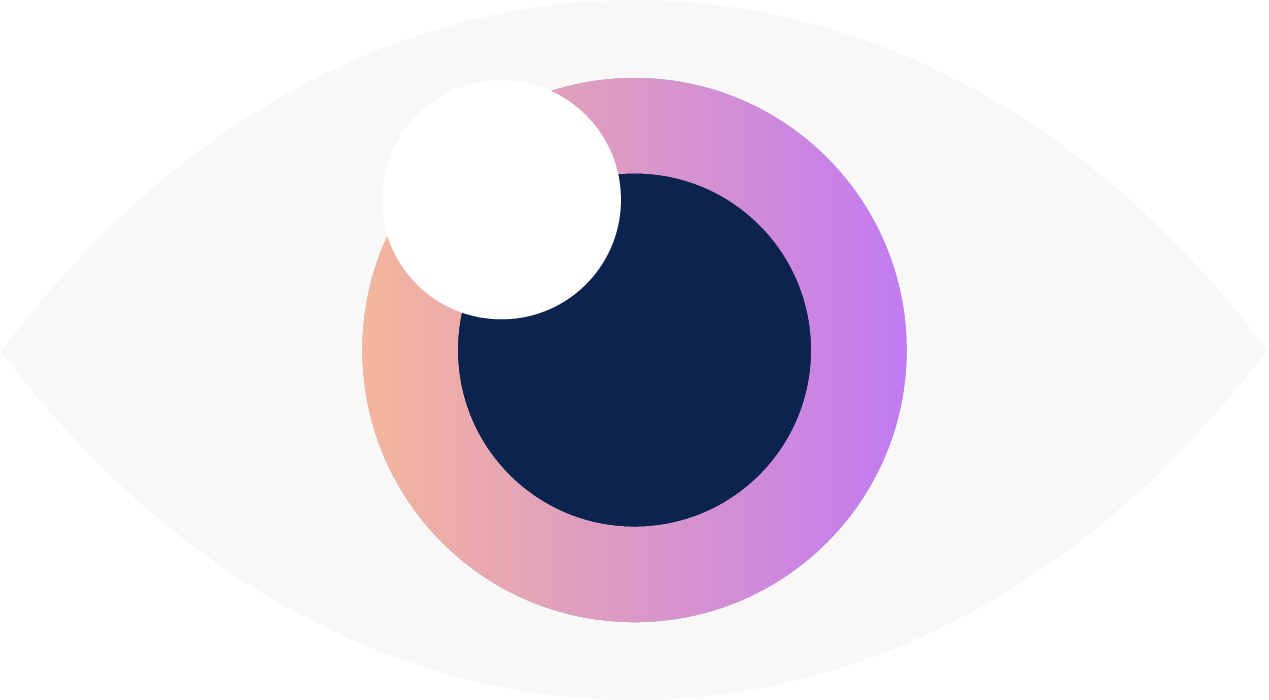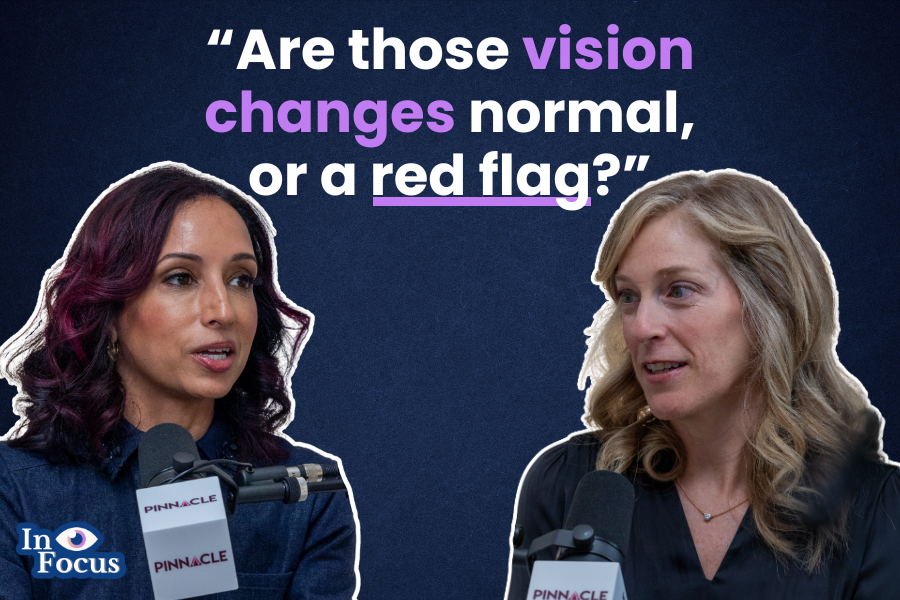
Pregnancy & Your Eyes: What Hormones Are Really Doing to Your Vision
I sat down with Dr. Amanda Horton, a board-certified OBGYN, to talk about how pregnancy can affect your vision. From dry eyes and light sensitivity to blurry vision, she breaks down what’s normal, what’s not, and why it’s best to avoid LASIK or new glasses during pregnancy and breastfeeding. We also cover the vision changes that could be warning signs of more serious conditions like preeclampsia or gestational diabetes.
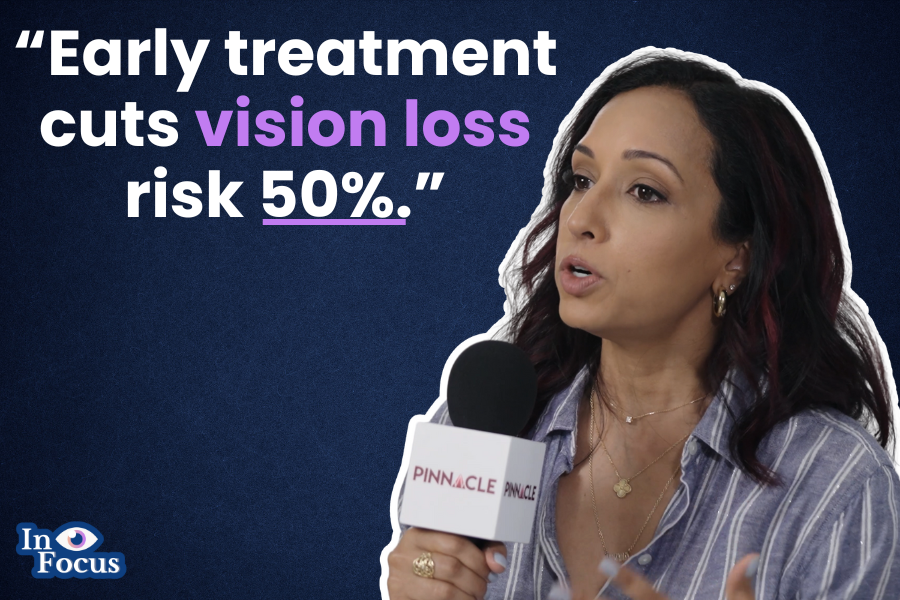
When To Worry About Your Preemie Baby's Eyes
In this episode, I’m diving into Retinopathy of Prematurity (ROP)—what it is, how we detect it, and the latest treatment options. I’ll walk you through what parents really need to know, from the importance of follow-up care to the questions you should be asking your baby’s medical team. Early detection makes all the difference when it comes to protecting your child’s vision.
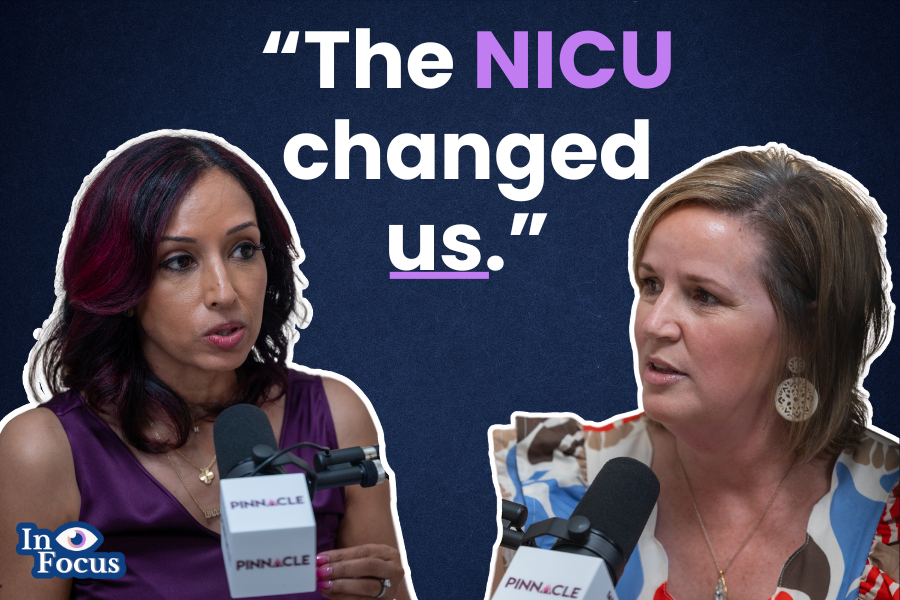
What No One Tells You About the NICU: A Mom’s Honest Story of Strength and Survival
In this episode, I’m joined by Kathryn Whitaker—SiriusXM radio host, podcaster, and fellow NICU mom—as we talk through the emotional and medical rollercoaster of having a premature baby. Kathryn shares her family’s powerful story, including her son’s 14-week NICU stay, and what she learned along the way. It’s a conversation filled with honesty, hope, and real-world advice for anyone walking a similar path.

Does My Baby Need Glasses?
As a pediatric ophthalmologist and strabismus surgeon, I’m often asked: Does my baby need glasses? In this episode, I break down how vision develops in the first year, key milestones, how we test vision in babies, and when glasses—or a referral—might be needed. Perfect for new parents, pediatricians, or anyone curious about infant vision.

What Parents Need to Know About Nearsightedness in Kids (Myopia)
As a pediatric ophthalmologist and mom of three, I break down what every parent should know about nearsightedness, screen time, and protecting your child’s vision. Backed by research and real-life experience, this episode makes kids’ eye health easier to understand—and act on.

Eye Floaters: What They Are, When to Worry & What Actually Works
Have you ever noticed tiny specks, squiggles, or cobweb-like shadows drifting across your vision? Do they move when you try to focus on them? Are they just annoying, or could they be a sign of something serious?
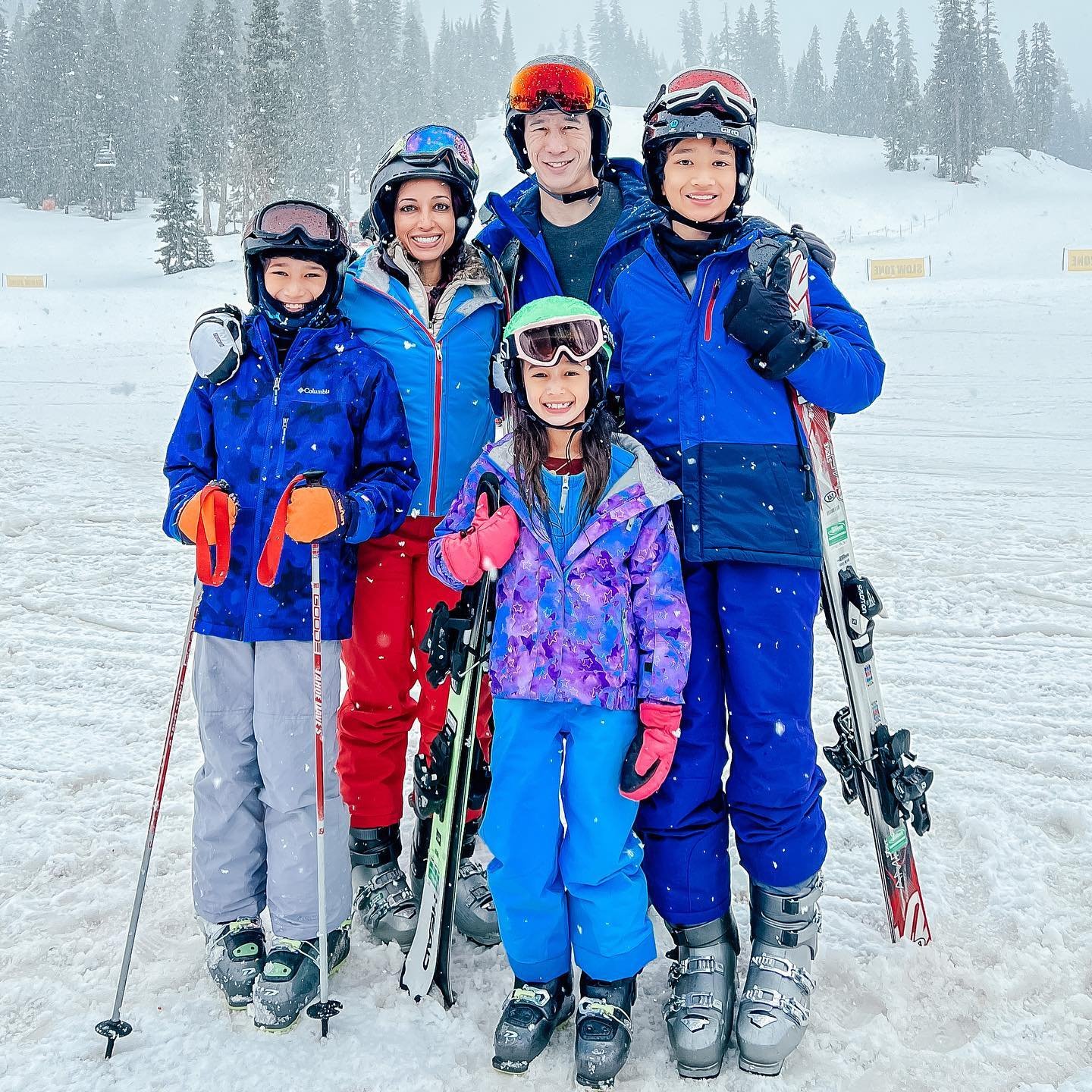
Snow And Sunglasses: Protecting Your Eyes This Winter
Do you really need sunglasses in the snow? What about on cloudy days? In today’s episode, Dr. Rupa Wong, ophthalmologist, is sharing why sunglasses are a must in winter—yes, even when the skies are overcast. Snow reflects up to 80% of UV rays, which can double your UV exposure and increase your risk of serious eye damage.

How Much Screen Time Should Your Baby Have?
Is screen time harmful for babies? What does the science really say? In this episode of It’s Good to See You: Eye Health, Vision Care & More, Dr. Rupa Wong breaks down the American Academy of Pediatrics (AAP) recommendations, dives into fascinating studies on how screens affect the developing brain, and explores the often-overlooked issue of secondhand screen exposure. You’ll learn:• What the AAP and the American Association for Pediatric Ophthalmology and Strabismus (AAPOS) recommend for screen time.
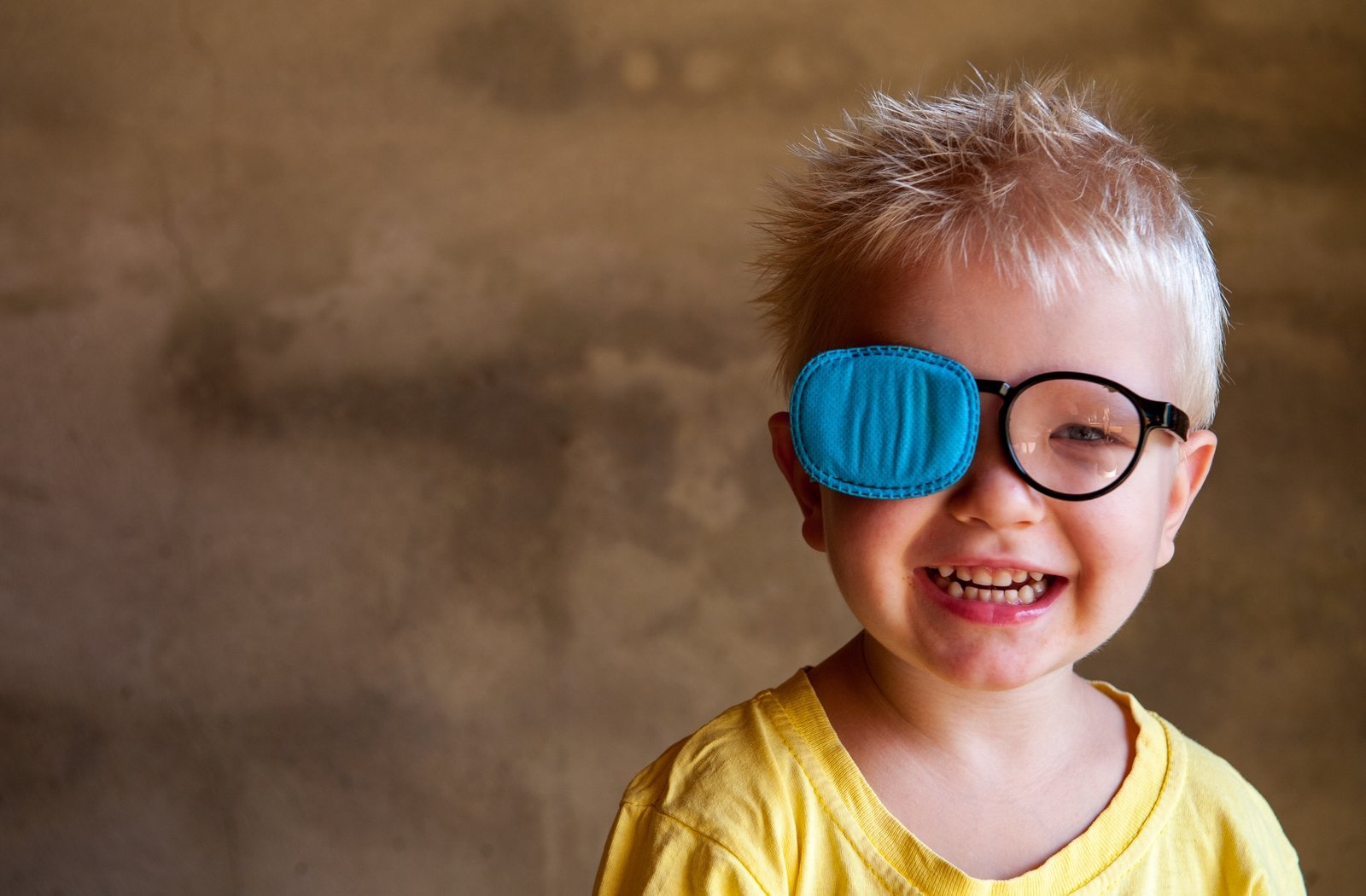
Understanding Amblyopia / Lazy Eye Q&A
In this episode of It’s Good to See You: Eye Health, Vision Care & More, Dr. Rupa Wong tackles the most frequently asked questions about amblyopia (lazy eye) and its treatments. Whether you’re a parent trying to keep your toddler engaged during patch time, or curious about the latest alternatives like virtual reality, this episode is packed with evidence-backed answers to help you feel confident in your child’s care.
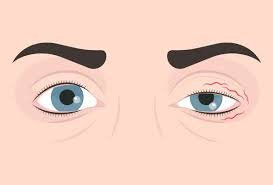
Eye Twitching Explained: Causes, Fixes and When It Signals Something Serious
Have you ever wondered why your eyelid twitches? Is it from too much caffeine, stress, or something more serious? In this episode of It’s Good to See You, Dr. Rupa Wong breaks down the mystery behind eye twitching, also known as myokymia.
